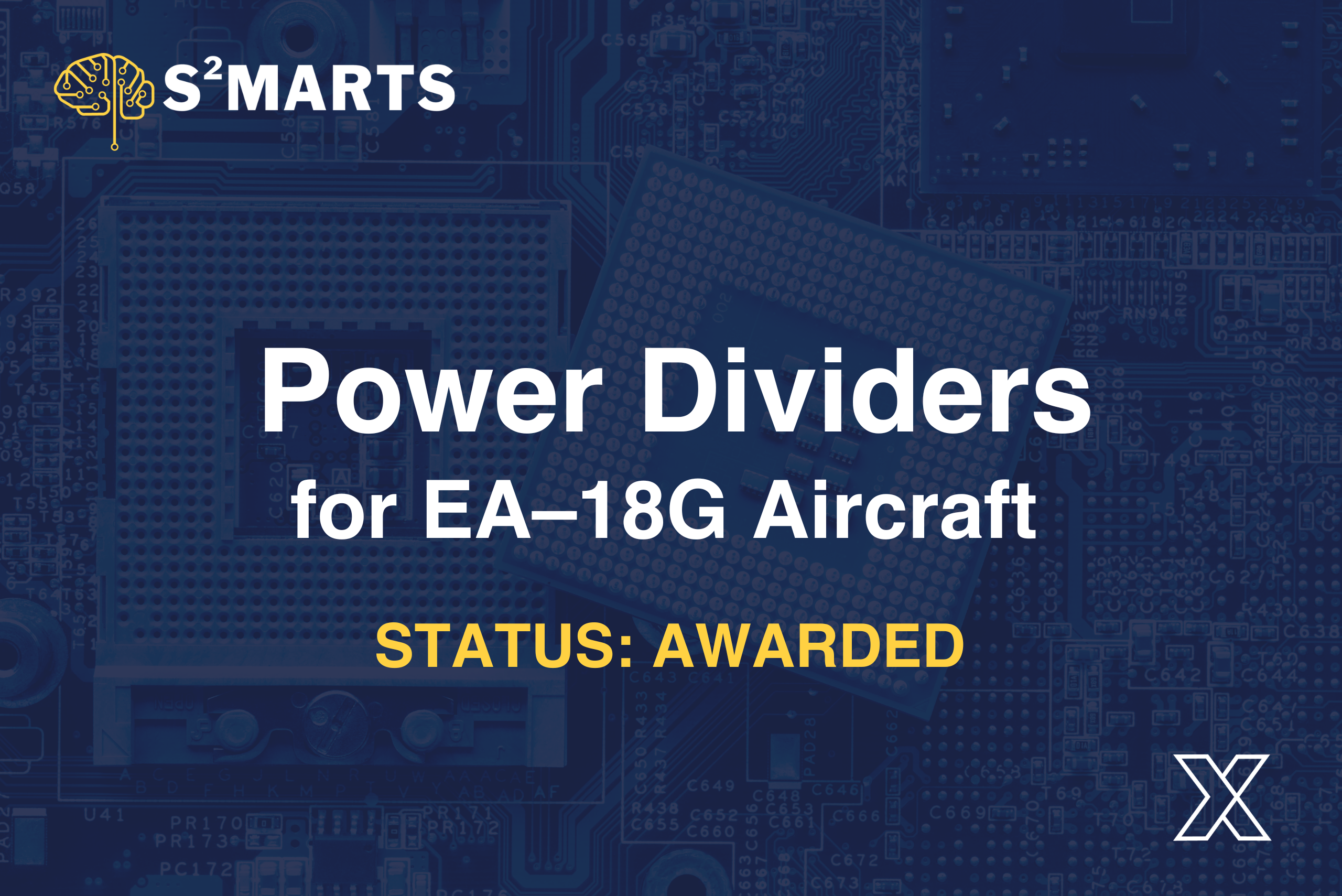What is Future Vertical Lift?
May 31, 2023

There’s no question of the helicopter’s importance in all US military operations. The US Army alone currently operates 5,463 different helicopters as part of its force. These choppers make up 41.2% of the US military air power.
While the various helicopters are a key part of the equipment the army uses for all types of operations, the military is planning a shift going into the future.
The Future Vertical Lift program will revolutionize the next generation of military helicopters. Put simply, FVL is a plan for developing a family of military helicopters for the United States.
Why the shift in technology? What does vertical lift technology offer that’s different from the current fleet? Who’s working on these new technologies for the military?
Read on to learn more about the future vertical lift program and how it will change the focus of military operations.
Why the Focus on Future Vertical Lift?
The US military, specifically the Army, has used the Chinook, Black Hawk, Apache, and Kiowa Warrior as their helicopters of choice for combat and readiness situations. While these were once first-rate flying machines, the reality is that they were developed back in the 1960s and 1970s for the Army.
This fleet is getting old. More importantly, technology and what the military needs from their fleet have changed in profound ways since the Black Hawk and the others were developed.
The current fleet will remain in use as the Future Vertical Lift (FVL) is developed and manufactured for the future.
The Army’s goals for the new FVL fleet include:
- Better and faster maneuverability
- Longer range capabilities
- Higher speed
- More payload space
- Survivability in combat
- Reliability, requiring less maintenance
- Reduced logistical footprint
As the Army plans for the future and considers its priorities, FVL is one of the six highest priorities. You can look to other branches of the military to follow suit.
Both the Marine Corps and the Navy’s plans for the future include FVL technology. As contracts are awarded (more on this shortly), the 2030 goal for this new fleet seems on target.
The Army has a set of capability sets or basic categories they hope to fill with the contract. They need FVL built to cover varying sizes of aircraft. They expect the beginning to focus on a medium-sized transport aircraft that will succeed the UH-60 Black Hawk and Marine H-1 Huey.
Heavier-lift helicopters will follow.
Understanding the Future Vertical Lift
The rotorcraft fleet is a big part of the current US Army’s helicopter force. While effective, many of these aircraft are getting old after years of conflict and fighting in the Middle East.
The US military knows that to have continued effectiveness, it needs a new fleet of helicopters for its missions. This is where the Army’s future vertical lift program becomes significant.
The new future vertical lift helicopters will use a new rotorcraft technology that includes several other important features. Look for these helicopters to have:
- Sensors
- Avionics
- Advanced engines
- Advanced countermeasures
The future vertical helicopters have become the focus because they will:
- Be more reliable
- Have easier maintenance
- Longer range capabilities
- Lower operating costs
- Offer a reduced logistical footprint
The Department of Defense created the FVL Strategic Plan to design and build this next generation of military helicopters.
Focus for the US Military
As mentioned, the US Army is looking to the next generation of helicopters as Future Vertical Lift aircraft. The new rotorcraft aircraft will come from The Future Long Range Assault Aircraft (FLRAA) and the Future Attack Reconnaissance Aircraft (FARA) programs.
The Army hopes to have an entire fleet in place through these two programs by 2030.
This gives the Army deeper penetration abilities in the operational environments where helicopters will perform.
While Congress started this program in 2009, the newest initiatives came from the FLRAA and FARA programs. These are coming from both Bell, who was recently awarded the contract.
Bell Wins Big
The news came in December 2022 that Bell would be awarded the contract for the FVL for the US Army. The winning contract is the biggest in 40 years to build the Future Long-Range Assault Aircraft, part of the FVL plan.
This deal for Bell is worth a whopping $1.3 billion. They will build the new lineup to replace the existing 2,000 Black Hawk utility helicopters that are part of the Army’s arsenal.
The FLRAA being built by Bell will replace the Army’s Black Hawk fleet, a widely used aircraft for transportation in and around the battlefield.
Beyond the initial replacement of the Black Hawks, the goal is to continue the FVL program with an additional 1,200 helicopters, which will go into active duty and replace the Apache attack helicopters.
The expectations of the FLRAA for the next batch of helicopters are hefty. They need to travel at least 2,440 nautical miles without the need to refuel. But they also need to be small and stealthy enough to maneuver into dangerous hot spots as needed.
Long-range development of the FVL could be worth $70 billion, with the initial engineering, manufacturing development, and low-rate production, estimated to be worth $7 billion.
Future Vertical Lift Helicopters from Bell
Bell’s partnership with the Army will modernize the fleet of helicopters for the future. As part of the Future Long-Range Assault Aircraft (FLRAA) and Future Attack Reconnaissance Aircraft (FARA) programs, Bell developed two different helicopters for their partnership with the US Army.
These two helicopters allow for all US domain operations to excel with unmatched speed, agility, and reach.
Bell committed to modernizing the US Army fleet with future vertical lift helicopters and advancing industrialization in the US at the same time.
They worked to find industry leaders and supply chain partners committed to designing and building the next generation of military helicopters.
Let’s take a quick look at Bell’s future vertical lift helicopters currently underway for the US Army.
Bell V-280 Valor
The Bell V-280 Valor was built as part of the US Future Long-Range Assault Aircraft (FLRAA) mission. The helicopter’s goal was to extend the reach of every mission while at the same time featuring maneuverability, reduced downtime, and elevated safety.
This helicopter offers twice the speed and reach of the current Army helicopter fleet, making this a big advancement in helicopter technology.
The V-280 Valor has advanced technologies and equipment that allows pilots to fly in the most difficult circumstances while gathering information for ground troops en route for the mission.
This helicopter was built to be a warfighter. Its advanced agility allows it to maneuver and reach locations beyond what the current fleet can accommodate. Its reach and ability to lift from nearly any location will be indispensable for future military operations.
Bell 360 Invictus
After being awarded a contract in 2019 through the Army FARA program, the 360 Invictus was commissioned to act as an advanced scout aircraft.
The 360 Invictus works to USer attack reconnaissance capabilities for ground troops. It gives the part of the mission its ultimate ground maneuverability because of the information provided by 360 Invictus.
This was all part of the US Army’s Future Attack Reconnaissance Aircraft (FARA) initiative plan.
Features of this aircraft include maneuverability, lethality, and sustainability. When this helicopter gets involved in a fight, it will outlast the opponent.
The supplemental power unit can provide power sources for ground troops and maintenance.
The digital flight control system is the most advanced on the market. It is possible using Bell’s digital thread, which connects design, supply chain, and maintenance as a comprehensive part of aircraft development.
Role of AI in the Future Vertical Lift Program
The future of most technology involves some form of artificial intelligence. The helicopter technology of the future is no different.
The future vertical lift fleet of helicopters will use AI technology and advanced algorithms to make them smarter without human involvement.
Government contracts are looking for technology innovators to write algorithms that provide aircraft with things like databases of terrain maps, navigation, and weather information without human involvement.
Part of the FVL program involves building helicopters that fly autonomously and use algorithm information for in-flight decision-making.
As developers work on the FVL technology, knowing the intention is to ease the burden for human pilots, now autonomous flights can do even more.
Much of the technology on FVL helicopters, like survivability systems, for example, remains a mystery for security reasons.
Future Vertical Lift Technology, the Future for the US Military
The Future Vertical Lift Program is the highest priority for future aircraft for the US military. They know this generation of helicopters will give them advanced technology, speed, ease of maintenance, and efficiency beyond what the current fleet offers.
STXL leverages the innovative technologies from our community. By pushing the boundaries of traditional government contracting, we deliver the best solutions without wasting time or money. Driven by a shared passion to quickly deliver critical technologies to the end-user, we are redefining government and industry collaboration.
If you are interested in pursuing upcoming opportunities with the federal government, NSTXL can help you get started.





